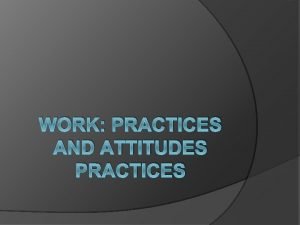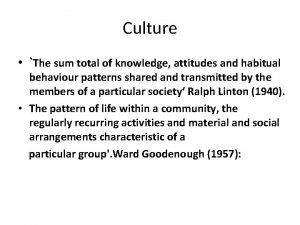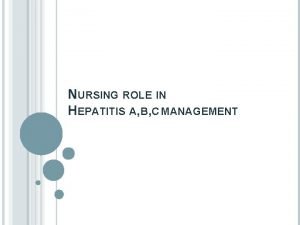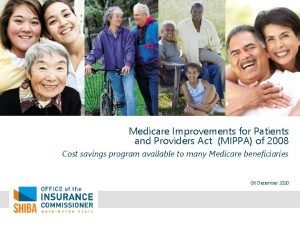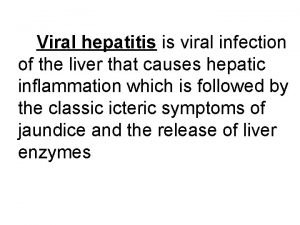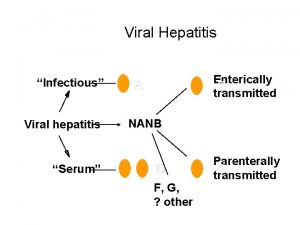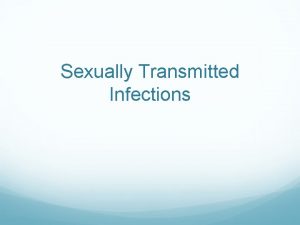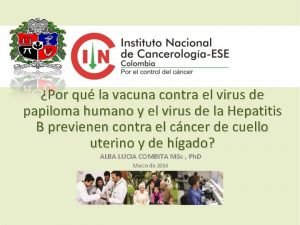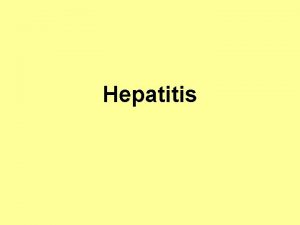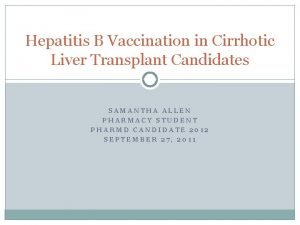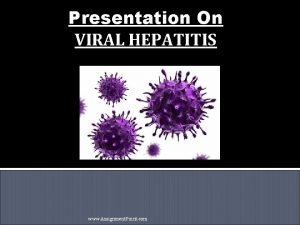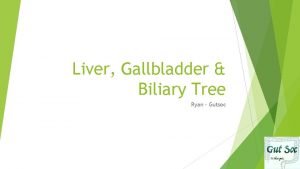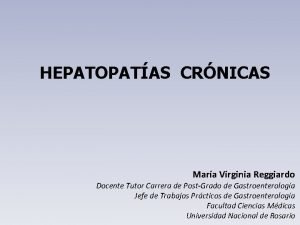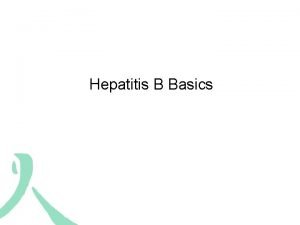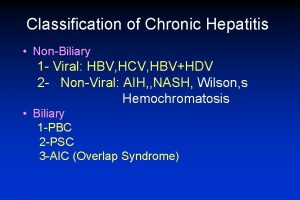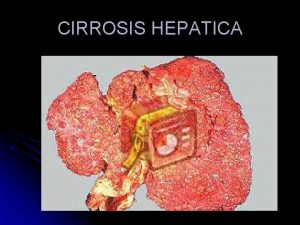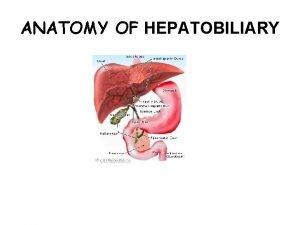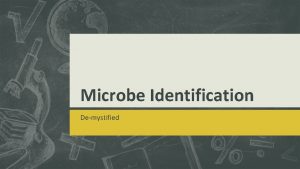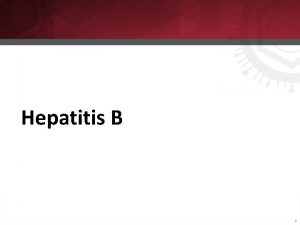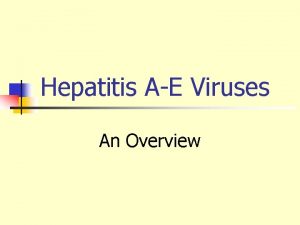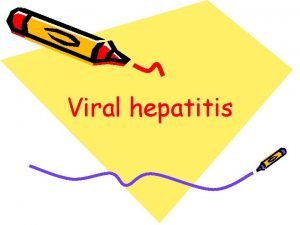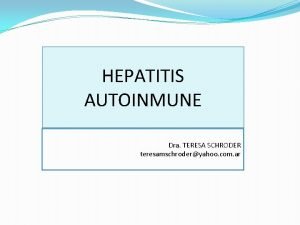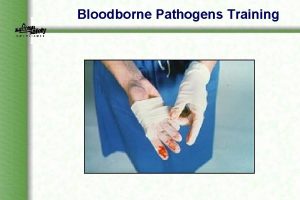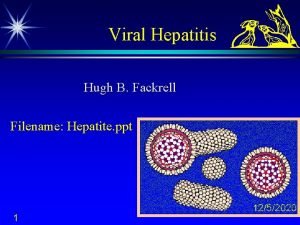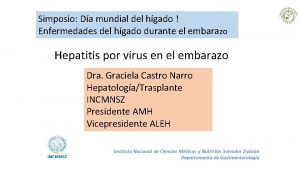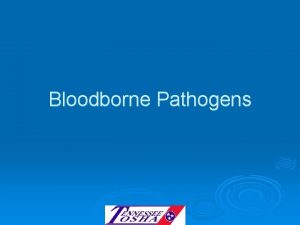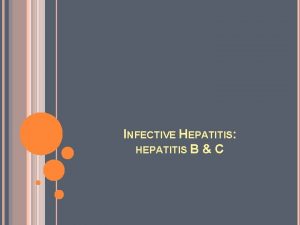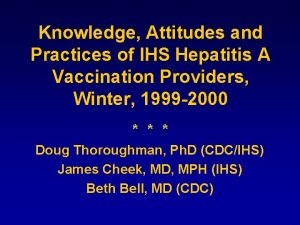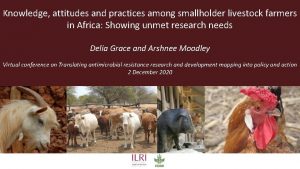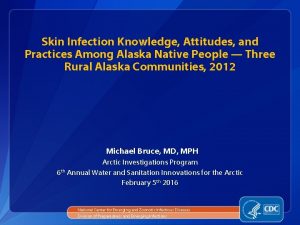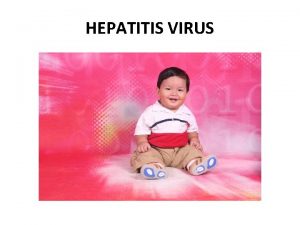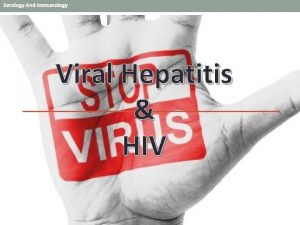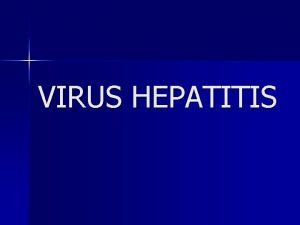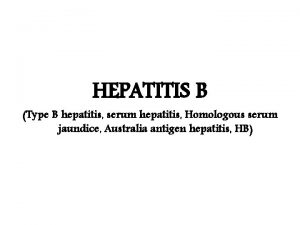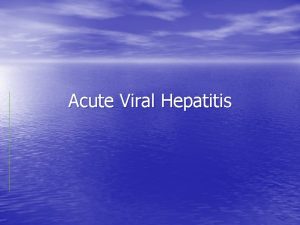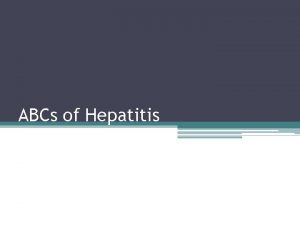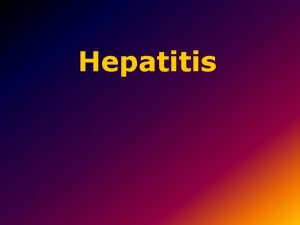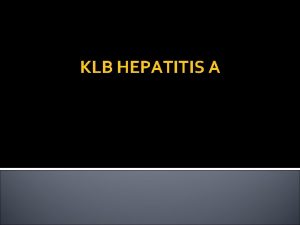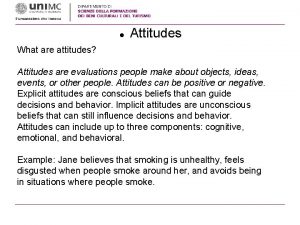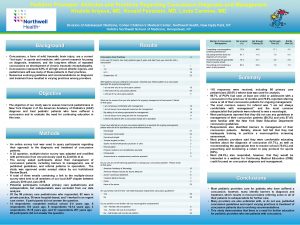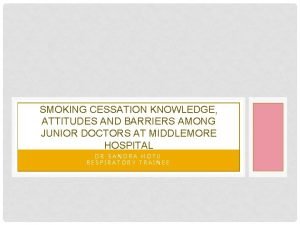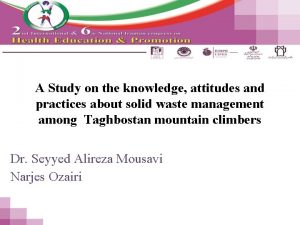Knowledge attitudes and practices among providers of Hepatitis


































- Slides: 34

Knowledge, attitudes, and practices among providers of Hepatitis B vaccine in young children Richard Schieber, MD, MPH Karen Wooten, MA Hussain Yusuf, MBBS, MPH Health Services Research and Evaluation Branch National Immunization Program

Background • Physician’s knowledge likely to guide practices • 1996, Wood D: • 36% of private practice MDs didn’t know schedule • 42% didn’t know contraindications • 2001, Prislin R: • Compared w/office staff, MDs no more certain in knowledge or confident in capabilities re: IZ • Providers report lower vested interest in IZ than staff

Background • Physician’s recommendation likely to guide MD-family decision to immunize or not • 1986, Stevens D: • Physician advice is #1 influence re: pertussis immunization in children • 1999, Ashby-Hughes B: • Provider recommendation was the most important reason adults received flu and pneumo immunization

Background • Physician’s practice characteristics associated with Hep B coverage • 2001, Koepke: Factors positively associated with UTD at 12 months: • Large practice size (> 100 children) • Pediatrics (vs. FP) • > 11 yrs in practice • 1999 Hughart: Provider practices strongly associated with being UTD for Hep B, including: • Provider availability > 11 half-days/wk • Parent reminders • Fewer reasons to postpone vaccination

Hep B • Putative association of Hepatitis B vaccine and certain chronic diseases: • • • Asthma Diabetes Autoimmune diseases Rheumatoid arthritis Multiple sclerosis Autism

Purpose • Were providers aware of putative associations? • Did it influence their immunization practice?

Methods • Database: • National Immunization Survey (NIS) 2000 • Knowledge, Attitudes, Practices component (KAP)

National Immunization Survey (NIS) • Random-digit-dialed annual survey of US households with children 19 -35 months old, 4 quarters of 2000 • Nationally representative (probability sample of US) • Shot record then obtained from provider(s) • 3+ Hep B: • Overall: 90. 3% • Range: 96. 1% (IA) – 81. 1 (UT)

Knowledge, attitudes, practices component (KAP) • Providers identified by NIS • Special mail survey of providers • Nine-month delay, ’ 00 – ‘ 01

Sampling NIS KAP Sample design Probability Convenience Representative Yes No Response rate 53% 34%

Questions asked 1. “How do you offer Hep B vaccine to children? ” • Strong: • • Weak: • • Offer vaccine to all children, as appropriate, with strong recommendation Offer vaccine to all children, as appropriate, but do not strongly recommend Deleted: • Offer vaccine to only selected children • Do not offer the vaccine

Community risk 2. To what extent do you think Hep B is a serious health concern in your community? • 5 -point Likert scale

Chance of adverse effect 3. In your opinion, what is the approximate risk of a serious side effect (permanent or life-threatening) from Hep B vaccine? • “High-risk” • High (1: 1000) • Medium (1: 100, 000) • “Low-risk” • Low (1: 1, 000) • None

Specific adverse effects 4. Lately, there have been allegations that different children’s vaccines put them at risk for certain adverse health events. For Hep B, please note whether you are aware of the concern that this event can result from this vaccination (Y/N), and if you think the concern is scientifically justified (Y/N).

Have you received information about possible adverse health effects from any of the following sources? • Medical journals • Prof. assn. newsletters • Internet (incl. e-mail) • Colleage or local expert • Parent/patient • Pharm rep • CDC • State or local health dept • Popular media • Other

Results I: Practice Demographics n=1565 Percent Practice type Pediatrician Family Practitioner Nurse Practitioner Other 62. 6 9. 8 18. 0 9. 6 Practice size <500 kids < 6 yrs old 500 -999 kids < 6 yrs old 1000+ kids < 6 yrs old 19. 8 15. 9 63. 3

Results I: Practice Demographics Percent VFC Provider Yes No Not sure 74. 9 14. 3 10. 8 Years in practice <10 yrs 10 -20 yrs >20 yrs 25. 9 28. 6 45. 6

Results II: Provider KAP

Six putative adverse events (Hep B) • Asthma • Diabetes (DM) • Autoimmune diseases (AID) • Rheumatoid arthritis (RA) • Multiple sclerosis (MS) • Autism

Provider knowledge Were providers aware of putative risk of AE?

Awareness: aggregate

Among aware providers, “do you think putative risk is scientifically justified? ”

Justified: Aggregate

Sources of provider information (check all that apply)

Provider attitudes and practices • Only 3% had considered withholding Hep B due to a concern about possible AE occurrence • 70% believed their community had a high risk of Hep B • 97% strongly recommend Hep B • At 2 months, 30% would delay another immunization schedule (DTa. P, IPV, Hib, Pneumo) over Hep B

Did risk perception influence provider recommendation? 3. 6% 0. 3% Chi Sq = 0. 30 (NS)

Limitations 1. Not generalizable: Low response rate (34%), non-representative sample 2. Power limitations (small cell size) for some key variables 3. Studies refuting risk may have been published after survey was completed.

Conclusions 1. Most providers are convinced of importance of Hep B in their community 2. Their recommendation is consistent: vast majority strongly recommend Hep B to all patients

Conclusions 3. 4. However, despite a strong recommedation: • 40% aren’t aware of any putative AEs. • Of remaining 60%, 27. 7% don’t know whether the putative AE is based on firm scientific evidence. Providers get information from many sources, including especially parents and public information


Putative adverse events of Hep B • Asthma • VSD: • RR 1. 2 (1. 13 – 1. 27) in children • Those with 2+ office visits had no significant association (? better medical care) • Diabetes • VSD: • RR 0. 81 (0. 52 – 1. 27) VSD

Putative adverse events • Autoimmune diseases • Systemic Lupus Erythematosus (SLE): • Association non-significant (RR 1. 9) • Rheumatoid arthritis • Uncontrolled studies: indeterminate • No RCTs

Putative adverse events • Multiple sclerosis • IOM: “Epi evidence favors rejection of a causal relationship in adults” • Autism • Thimerosal • IOM: “Inadequate evidence to accept or reject causal association”

Had data been linked… 1. Provider IZ practice was assumed constant for all patients under any given provider • IZ practice may have been individualized by patient or family • Threat to validity of any provider-patient analysis 5. Multiple IZ providers may affect doses given or influence of a single provider • 1 st provider effect?
 Work practices and attitudes
Work practices and attitudes The total knowledge shared attitudes and behaviors
The total knowledge shared attitudes and behaviors Training is the act of increasing the
Training is the act of increasing the Attitude is the sum of values and beliefs
Attitude is the sum of values and beliefs Hepa b causes
Hepa b causes Knowledge creation and knowledge architecture
Knowledge creation and knowledge architecture Medicare improvements for patients and providers act
Medicare improvements for patients and providers act Syphilis window period
Syphilis window period Hepatitis e
Hepatitis e Window period of hepatitis b
Window period of hepatitis b Hepatitis b symptoms in men
Hepatitis b symptoms in men Is syphilis cureable
Is syphilis cureable Como funcionan las vacunas
Como funcionan las vacunas Dieta hepatitis
Dieta hepatitis Hepatitis causes
Hepatitis causes Hep b vaccine schedule for adults
Hep b vaccine schedule for adults Hepatitis c medications
Hepatitis c medications Porta hepatitis
Porta hepatitis Corticoides hepatitis alcoholica
Corticoides hepatitis alcoholica Hepatitis b
Hepatitis b Classification of chronic hepatitis
Classification of chronic hepatitis Grados de encefalopatia hepatica
Grados de encefalopatia hepatica Couinad segments
Couinad segments Infectious canine hepatitis in dogs
Infectious canine hepatitis in dogs Hepatitis b panel
Hepatitis b panel Chronic hepatitis
Chronic hepatitis Chronic hepatitis
Chronic hepatitis Papillomitosis
Papillomitosis Hepatomogaly
Hepatomogaly Hepatitis a incubation period
Hepatitis a incubation period Score simplificado hepatitis autoinmune
Score simplificado hepatitis autoinmune Hepatitis a
Hepatitis a Hepatitis c symptoms in men
Hepatitis c symptoms in men Hepatitis types chart
Hepatitis types chart Hepatitis viral
Hepatitis viral
